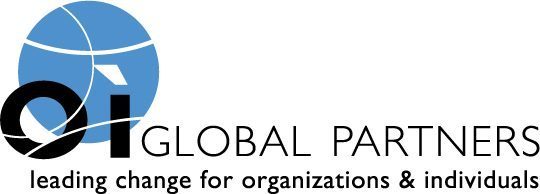Effective leadership is complex and multifaceted, but in study after study, a strategic approach has been found to be critical for success. In one recent study, Management Research Group (MRG) evaluated the leadership qualities of 40,000 managers and executives in 144 countries and 27 industries. Each participant was assessed with the Leadership Effectiveness Analysis (LEA), a 360-degree assessment tool measuring 22 leadership practices and 26 measures of effectiveness. We found that a strategic approach to leadership was far more important to the perception of effectiveness than any of the other behaviors studied. In fact, leaders that were high on “strategic” (those who focused long range and who had a process to achieve those objectives) were five times more likely to be seen as effective than leaders that were low on strategic, independent of any of their other leadership behaviors.
 So what makes a leader strategic, and is there any way to teach strategic thinking? For starters, strategic leaders take a broad, long-range approach to problem-solving and decision-making through objective analysis, thinking ahead, and planning. That means being able to think in multiple time frames, identifying what they are trying to accomplish over time and what has to happen now, in six months, in a year, in three years, to get there. It also means thinking systemically. That is, identifying the impact of their decisions on various segments of the organization—including internal departments, personnel, suppliers and customers.
So what makes a leader strategic, and is there any way to teach strategic thinking? For starters, strategic leaders take a broad, long-range approach to problem-solving and decision-making through objective analysis, thinking ahead, and planning. That means being able to think in multiple time frames, identifying what they are trying to accomplish over time and what has to happen now, in six months, in a year, in three years, to get there. It also means thinking systemically. That is, identifying the impact of their decisions on various segments of the organization—including internal departments, personnel, suppliers and customers.
You can develop your own strategic approach with practice and effort. First, make strategic planning sessions a regular part of your week—even if you’re not actually charged with planning anything at the moment. During these planning sessions, stay focused on a few important questions:
- Objectives. What you are trying to accomplish? What is your ultimate goal?
- Plans. What do you need to do to get from where you are to where you want to be (interim goals, time frames, resources needed, accountabilities identified)?
- Implications. How will your actions affect other people and areas?
- Anticipate the future. What challenges or opportunities may come up? What will the client want? What will your competitors be doing?
- Review all parts of your operation against strategic positioning. Do you have the people/resources/training to accomplish next year’s goals? How can you get them?
- Analysis. Analyze the pros and cons of any potential course of action against the ultimate goals.
The key is to continuously articulate and refine the vision for your unit, project, or initiative and communicate this vision to others. This effort takes practice and continuity. Developing a strategic approach is not easy, but the result often makes the difference between an average and an exceptional leader. To learn more about the MRG study and coaching for strategic leadership, please visit: The Strategic Leader.
Rob is a leading researcher and consultant in the areas of diversity and leadership, cross-cultural issues, and the development of effective leaders in a global economy. He works with organizations around the world to help identify the leadership practices most likely to lead to organizational success in a given industry, culture, and context. For the past fourteen years, he has been the Vice President of Research for Management Research Group (www.mrg.com), an international leader in creating high-quality assessment tools.
Share this post:

Comments are closed